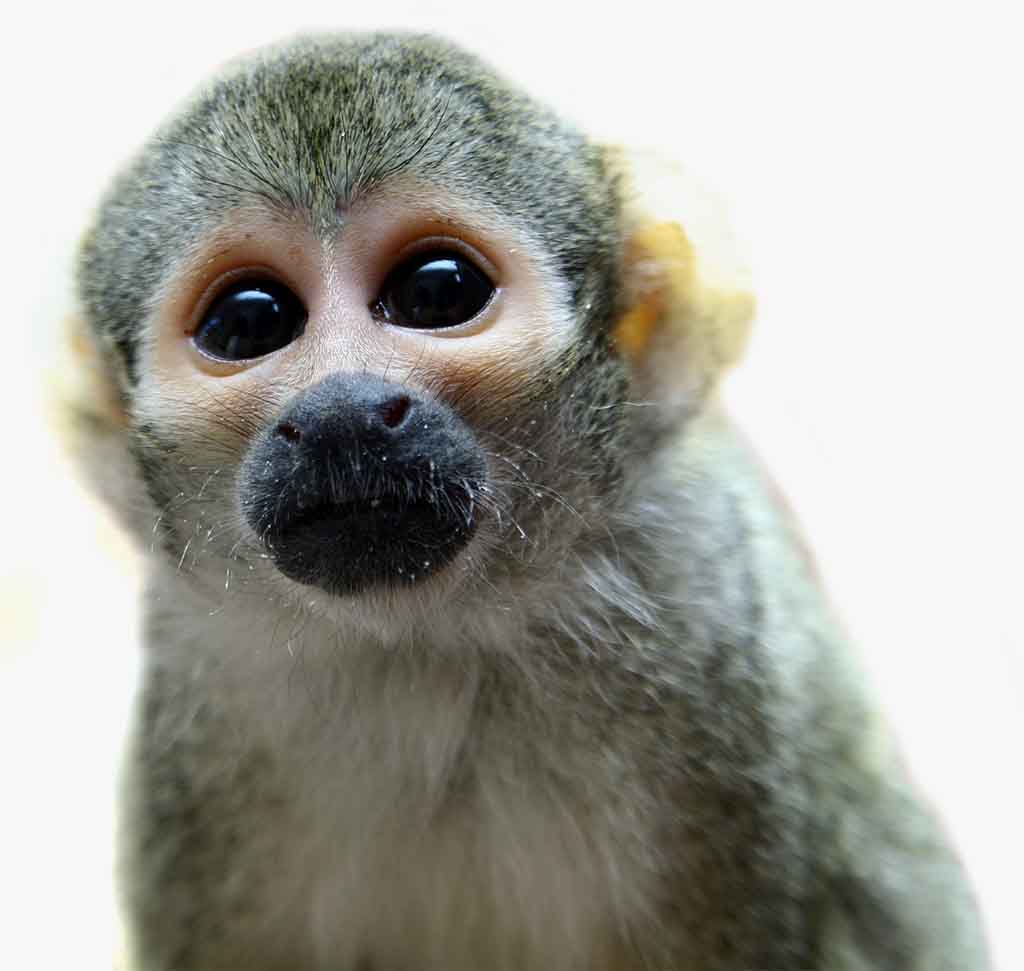The golden jackal (Canis aureus) is a wolf-like canid that is native to Southeast Europe, Southwest Asia, South Asia, and regions of Southeast Asia. Compared with the Arabian wolf (Canis lupus arabs), which is the smallest gray wolf subspecies, the jackal is smaller and possesses shorter legs, a shorter tail, a more elongated torso, a less-prominent forehead, and a narrower and more pointed muzzle. The golden jackal's coat can vary in color from a pale creamy yellow in summer to a dark tawny beige in winter. It is listed as 'least concern' on the IUCN Red List due to its widespread distribution and high density in areas with plenty of available food and optimum shelter.
Despite its name, the golden jackal is not closely related to the African black-backed jackal or side-striped jackal, which are part of the genus Lupulella, being instead closer to wolves and coyotes. The ancestor of the golden jackal is believed to be the extinct Arno river dog that lived in Mediterranean Europe 1.9 million years ago. It is described as having been a small, jackal-like canine. Genetic studies indicate that the golden jackal expanded from India around 20,000 years ago, towards the end of the last ice age. The oldest golden jackal fossil, found at the Ksar Akil rock shelter near Beirut, Lebanon, is 7,600 years old. The oldest golden jackal fossils in Europe were found in Greece and are 7,000 years old. There are seven subspecies of the golden jackal. It is capable of producing fertile hybrids with both the gray wolf and the African wolf. Jackal–dog hybrids called Sulimov dogs are in service at the Sheremetyevo Airport near Moscow where they are deployed by the Russian airline Aeroflot for scent-detection.
Golden jackals are abundant in valleys and beside rivers and their tributaries, canals, lakes, and seashores. They are rare in foothills and low mountains. The golden jackal is a social species, the basic social unit of which consists of a breeding pair and any young offspring. It is very adaptable, with the ability to exploit food ranging from fruit and insects to small ungulates. They will attack domestic fowl and domestic mammals up to the size of domestic water buffalo calves. The jackal's competitors are the red fox, steppe wolf, jungle cat, Caucasian wildcat, and the raccoon in the Caucasus, and in Central Asia, the Asiatic wildcat. The jackal is expanding beyond its native grounds in Southeast Europe into Central and Northeast Europe, occupying areas where there are few or no wolves.
Source: Wikipedia
This species is native to North and East Africa, South Eastern Europe and South Asia. They live in a range of habitats including grassland, scrubland, forest and open country.
They are Omnivores, meaning that they eat both plants and animals. Their diet mainly consists of small mammals, ground birds, rodents, plants, eggs, fruit and plants.
Approximately 15 years in captivity, and 8 years in the wild.
LEAST CONCERN on the IUCN Red List of Threatened Species.
In the wild, they would live in a monogamous pair. Litters consist of 1-9 pups, born in an underground burrow.
